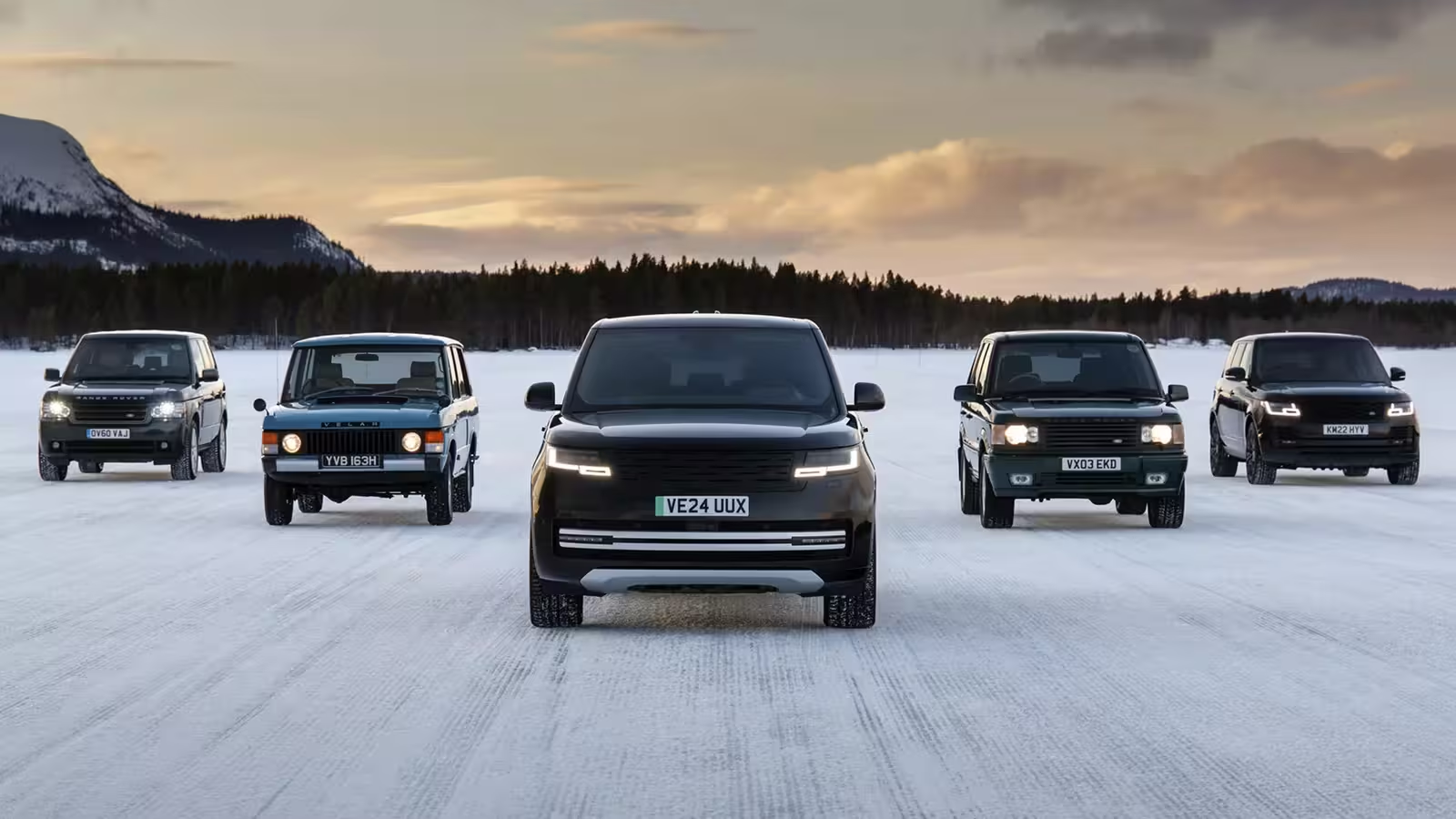3 Minutes
Jaguar Land Rover Grapples with Sales Decline and Tariff Impact
Jaguar Land Rover (JLR), one of the UK's leading automotive groups, is navigating turbulent waters as it confronts falling sales and intensified operational pressures in recent months. The company recently reported a significant 15.1% decrease in global retail sales, with figures dropping to just 94,420 vehicles. This downturn can be traced to two main factors: the intended phase-out of several older Jaguar models and the negative impact of newly imposed tariffs, particularly those resulting from changes in US trade policy.
Tariffs Disrupt Supply Chains and North American Sales
In response to the steep hike in import tariffs, Jaguar Land Rover was compelled to temporarily suspend shipments to the United States this April. This operational pause directly contributed to a notable 12.2% decline in North American wholesale deliveries compared to last year, underscoring how trade barriers can significantly disrupt premium car exports and supply chains.
Job Cuts and Operational Restructuring
Amid escalating challenges, JLR confirmed that it is implementing a round of workforce reductions, with British media sources reporting up to 500 managerial roles being cut through a voluntary redundancy program. While these cuts represent less than 2% of JLR’s UK staff and have been described as a "normal business practice," they highlight the broader pressures facing the company as key Jaguar models undergo transformation and Land Rover reels from mounting tariff costs.
Land Rover Models Hit Hard by Tariff Hikes
The situation for Land Rover is especially challenging. Even after the recent US-UK trade agreement, the import tariff on vehicles rose from 2.5% to at least 10%. The flagship Land Rover Defender, manufactured in Slovakia, now faces an even steeper 27.5% tariff when shipped stateside—an increase that threatens its competitiveness in the lucrative American SUV market.
Design, Performance, and Market Outlook
Despite these obstacles, JLR continues to be recognized for its sophisticated vehicle design, advanced engineering, and high-performance models like the Range Rover and Jaguar F-Type. However, the current market climate demands strategic changes in both product offerings and global operations. The ongoing transition for Jaguar, combined with efforts to weather trade restrictions, will define the automaker’s path forward.
Comparisons and Future Direction
Against rivals such as BMW, Mercedes-Benz, and Audi, Jaguar Land Rover must leverage its heritage, innovation, and hybrid-electric advancements to reclaim lost ground. For enthusiasts and industry watchers, JLR’s journey serves as a real-time case study in adapting to global automotive headwinds and evolving consumer expectations.
Source: carscoops



Comments